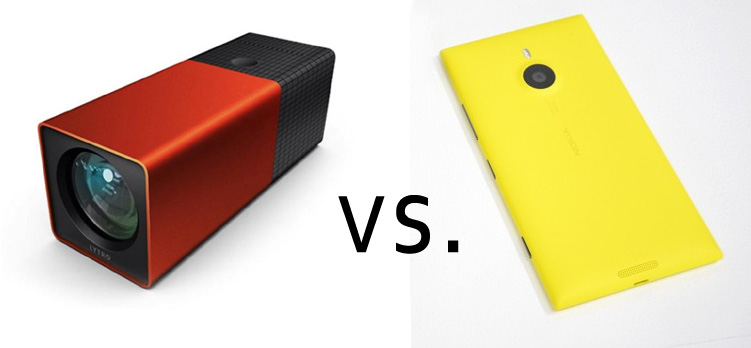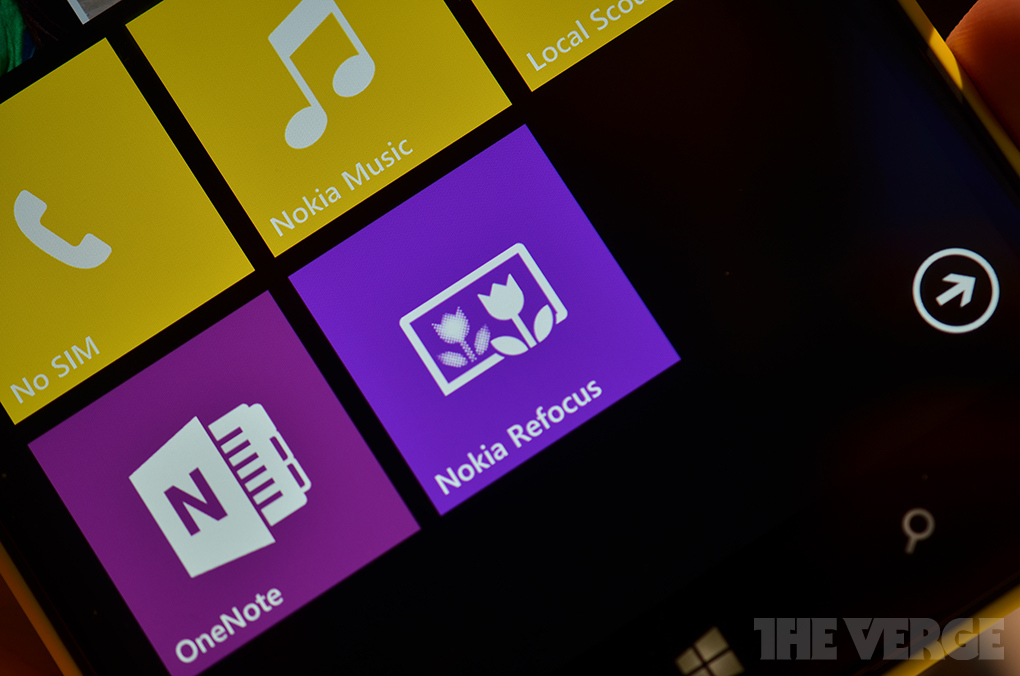Light Field Toolbox: Version 0.2 mit Kamera-Kalibrierung, Unterstützung für mehrere Kameras und mehr
 Die Light Field Toolbox, Donald Dansereau’s Sammlung von Software-Tools für die Auswertung von Lichtfeld Bildern in Matlab, ist jetzt in Version 0.2 verfügbar. Zu den neuen Features zählen Kamera-Kalibrierung, Bild-Entzerrung und Funktionen, die das Arbeiten mit mehreren Lichtfeldern und mehreren Kameras erleichtern.
Die Light Field Toolbox, Donald Dansereau’s Sammlung von Software-Tools für die Auswertung von Lichtfeld Bildern in Matlab, ist jetzt in Version 0.2 verfügbar. Zu den neuen Features zählen Kamera-Kalibrierung, Bild-Entzerrung und Funktionen, die das Arbeiten mit mehreren Lichtfeldern und mehreren Kameras erleichtern.
 Light Field Toolbox v0.2 (1.9 MiB, 2,327 hits)
Light Field Toolbox v0.2 (1.9 MiB, 2,327 hits)
Offizieller Changelog:
– Calibration of lenselet cameras from checkerboard images
– LFUtilDecodeLytroFolder: decoding, colour correction and rectification
– Management of multiple cameras, white images and calibrations
– Organized code into a folder structure, see LFMatlabPathSetup
– Organized light fields / cameras into a folder structure
– Code and usability improvements throughoutBecause some functions have been replaced and parameters have been renamed, code written with v0.1 may require modification to work with v0.2.
In Verbindung mit dem UPdate gibt es auch ein neues Lichtfeld Beispiel-Paket inkl. neuer Ordnerstruktur, die für die Verwendung mehrerer Kameras optimiert wurde, und ein Beispiel-Datensatz zur Kalibrierung.
 Light Field Sample Pack 1 (rev. 2) for LightField Toolbox v0.2 (72.8 MiB, 1,653 hits)
Light Field Sample Pack 1 (rev. 2) for LightField Toolbox v0.2 (72.8 MiB, 1,653 hits)
 Sample calibration file for Light Field Toolbox v0.2 (70.1 MiB, 1,602 hits)
Sample calibration file for Light Field Toolbox v0.2 (70.1 MiB, 1,602 hits)
Weitere Kalibrierungs-Datensätze gibt es im Download-Bereich der ACFR Marine Systems Website. Der dortigen Beschreibung zufolge sind Datensätze A und B “gute Beispiel-Datensätze zur Kalibrierung von Lytro-ähnlichen Kameras mit engem Linsenraster in geringem Abstand.
Details und nähere Informationen zur Light Field Toolbox findest du auf der MATLAB Central Projektseite und auf der Website der ACFR Marine Systems.
AKtualisierte Funktionsreferenz:
Decoding / Input
- LFBuildLenseletGridModel
Function for building a lenselet grid model from a white image. Called by LFUtilProcessWhiteImages. - LFDecodeLenseletImageSimple
Decodes a 2D lenselet image to a 4D light field using a white image for devignetting and a lenselet grid model build from the white image. See example usage in LFDecodeLytroImage. - LFDecodeLytroImage
An example of using LFDecodeLenseletImageSimple to decode Lytro imagery. Can be called directly to decode a single image into memory, or called indirectly through LFUtilDecodeLytroFolder. - LFSelectFromDatabase
Selects the white image or calibration file appropriate for a given serial number, zoom and focus setting. Used to select white images and calibration info files, as demonstrated in LFUtilDecodeLytroFolder and LFDecodeLytroImage. - LFUtilDecodeLytroFolder
Utility for decoding, colour correcting and rectifying Lytro imagery. Can process multiple light fields; recursively searches folder structures; accepts filename specifications including wildcards. Automatically selects appropriate white images and calibration files from multiple cameras across multiple zoom and focus settings. Will incrementally apply operations to files so that, for example, previously-decoded light fields can be incrementally colour-corrected, rectified or both without needing to repeat operations. Results are saved to disk. See Figs. 2, 3 and 6 for example output.
Demonstrates LFDecodeLytroImage, LFDecodeLenseletImageSimple, LFSelectFromDatabase, LFColourCorrect, LFHistEqualize, and LFCalRectifyLF.
Decoding relies on a white image database having been constructed by LFUtilProcessWhiteImages, and rectification similarly relies on a calibration database having been created by LFUtilProcessCalibrations. - LFUtilProcessWhiteImages
Processes a folder populated with white images, generating a grid model (.grid.mat) for each, and a white image database (WhiteFileDatabase.mat) used to select the white image appropriate to a light field. Dark images are
automatically detected and skipped.
Image Adjustment
- LFColourCorrect
Applies a colour balance vector, an RGB colour correction matrix, and gamma correction. Usage is demonstrated in LFUtilDecodeLytroFolder. - LFHistEqualize
Adjusts the brightness of a light field based on histogram equalization. Capable of handling colour and monochrome images. Capable of handling different input dimensionalities including 2D images and 4D light fields. If a weight
channel is present as a fourth colour channel, it is used to ignore zero-weight pixels. Usage is demonstrated in LFUtilDecodeLytroFolder.
Visualization
- LFDispMousePan
Display 2D slices of the light field with a rudimentary parallax effect. Click and drag in the image to change the point of view. An optional parameter controls the display size. Note that darkening at the edges of unfiltered light
fields mean that the effect is best near the center of the spatial range. For an automatically animated display, see LFDispVidCirc. The function re-uses previously-opened light field display windows. Note that changing display size requires that the display window be closed prior to calling this function. - LFDispVidCirc
Animated display showing 2D slices of the light field, similar to LFDispMousePan except the motion is preset to a circular path. Optional parameters include the radius of the circular path, animation speed, and display size.







Neueste Kommentare